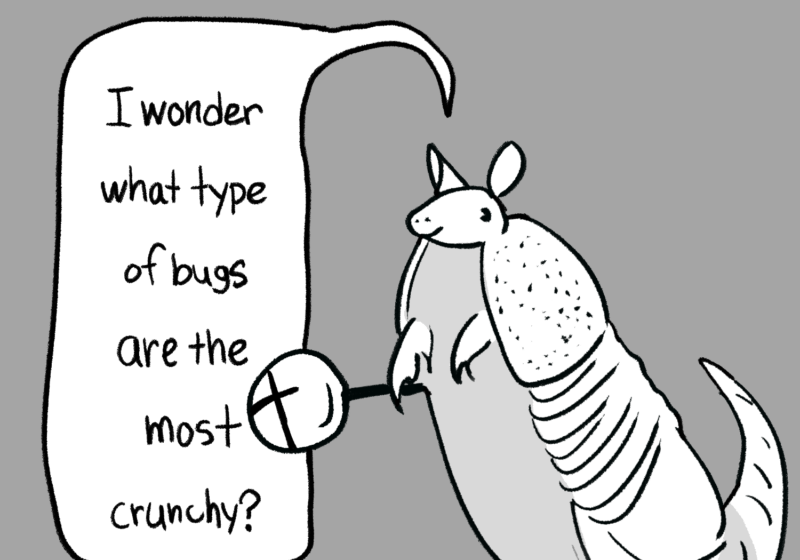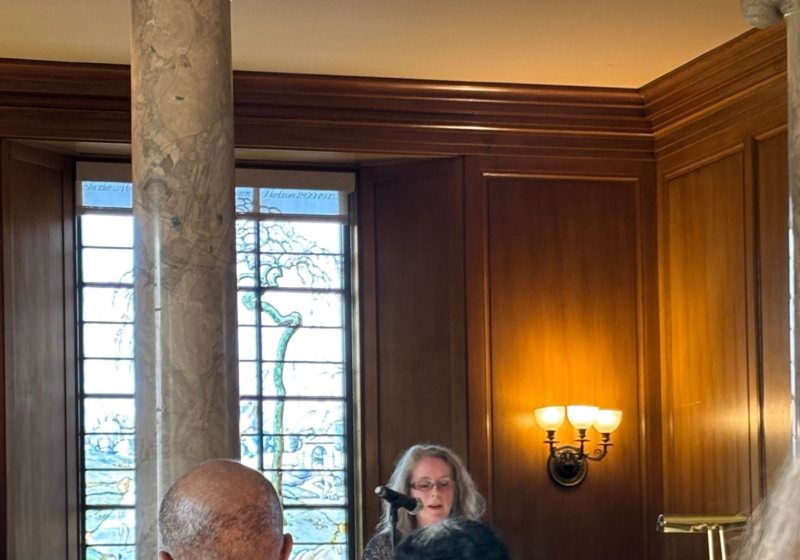Last Friday, during a panel led by Strong Memorial Hospital, the School of Arts and Sciences, the Hajim School of Engineering, and the President’s Office, President Sarah Mangelsdorf revealed to the public that UR has not only been participating in, but helping run a CIA Psy-Ops experiment for the past 30 years. The experiment in question tested the mental endurance of the undergraduate student body by referring to tests given the week before finals as “midterms,” and observing the students as they broke down from what became a seemingly never-ending “midterm week.”
The CIA thought that colleges would be the ideal model system in which to test the effects of time distortion on the human psyche. The word “midterm” implies that an assessment would be given during the middle of the semester, or the term. In direct contrast, words like “test” or “exam” imply some sort of assessment to survey students’ understanding and application of material taught in a course, but does not indicate a time when it may occur.
The CIA hypothesized that if they introduced the term “midterm” as a replacement for “test,” the connection of the word “midterm” to the actual middle of the term would affect students’ perception of time and conception of the semester. Once a student finished their first round of midterms, they would be immediately faced with a new round of midterms, thus extending the middle of the term by two weeks, creating a Groundhog Day-type scenario, except longer and more dreadful.
In practice, some students are faced with a “midterm” every 1.5 to two weeks, and some classes even have three or four midterms a semester. It has come to light that one class had five midterms during the semester, resulting in a syllabus that created a rip in the time space continuum, which could become a ticking time bomb for Earth due to the inherent paradox of a test that happens at the midway point happening four more times during the semester. The class in question was FREN 201, but the Physics Department has noted interest in taking over the class. Vive la physique.
This word switch has shown astonishing results in the student body, far exceeding UR and the CIA’s expectations for the experiment. Fascinatingly, students began to perceive time only in terms of assignment deadlines. An increase in mental breakdowns in iZone was observed, with students repeatedly wondering aloud “how is it already time for another midterm? AGHHHHHH!” The number of scheduled UCC appointments shot through the roof. “Number ofdays without tears” charts, which have come into popularity with the insurgence of the neverending midterm period, have been left for weeks on end with the number stuck at zero. There was an increased rate of declining dollar use at Starbucks and the Common Market, two stores students frequent for both fuel and coping mechanisms.
There is only one trend the CIA and UR saw in their experiment, and even then, there might be other variables affecting it. The trend in question is students forgetting to call their parents every few days or not responding to their parents’ texts until a week later. The CIA and UR plan to conduct additional research to see if they can determine another cause for this phenomenon.
When asked why UR would even think to participate in an experiment with the aim to damage student’s mental welfare, and then continue participation when results showed students were responding with negative behaviors, Mangelsdorf replied, “We gotta get bread for research somehow. And you know what, the CIA check doesn’t only go to research. How do you think we got the bag for Pete Davidson to come to UR?”






